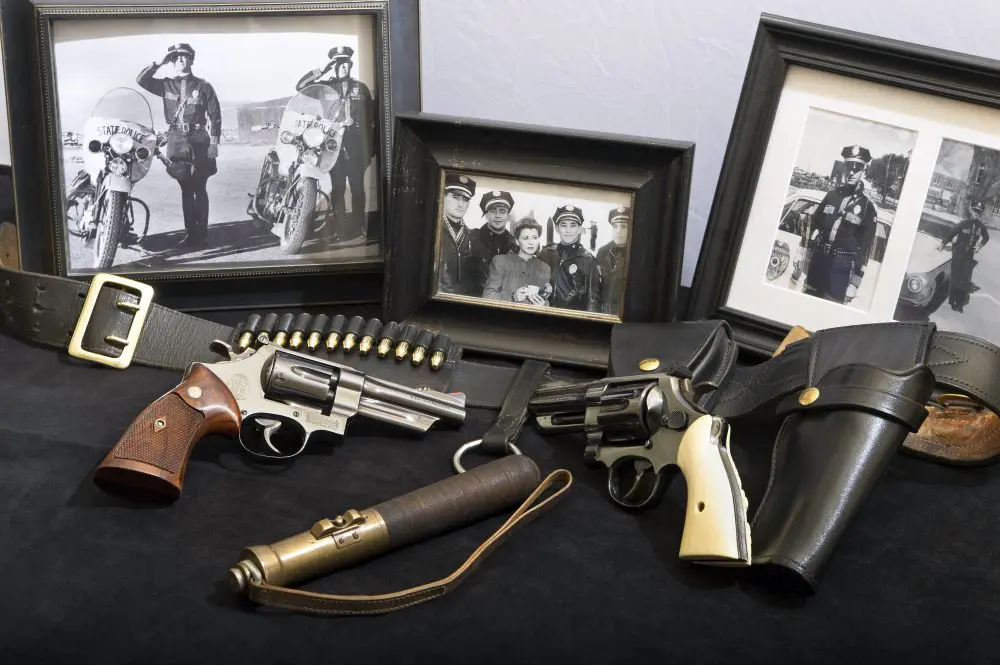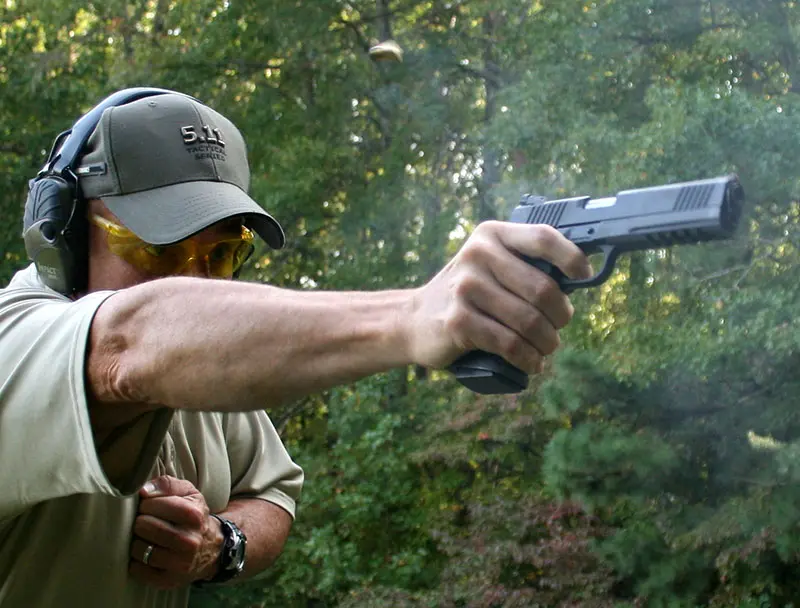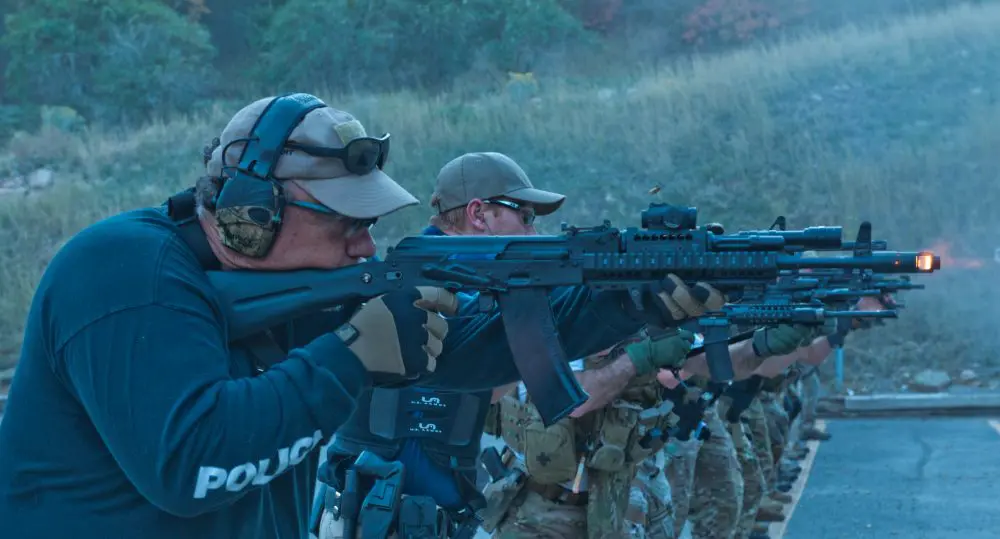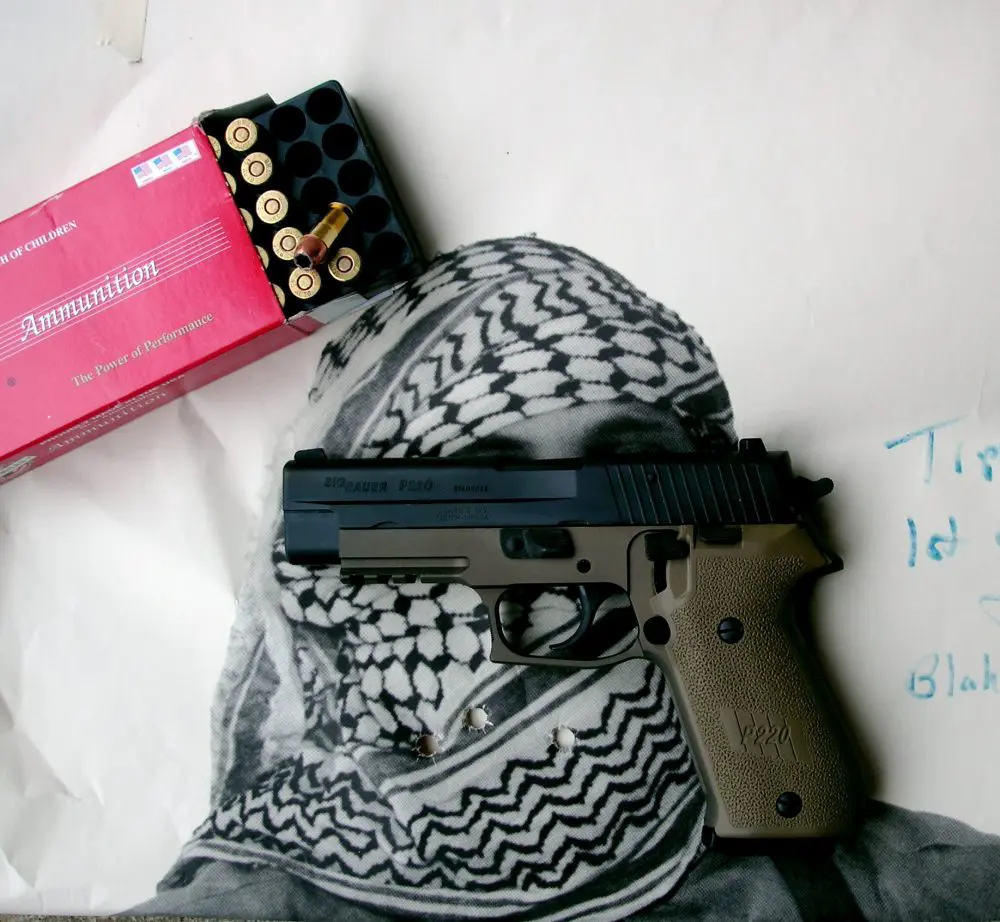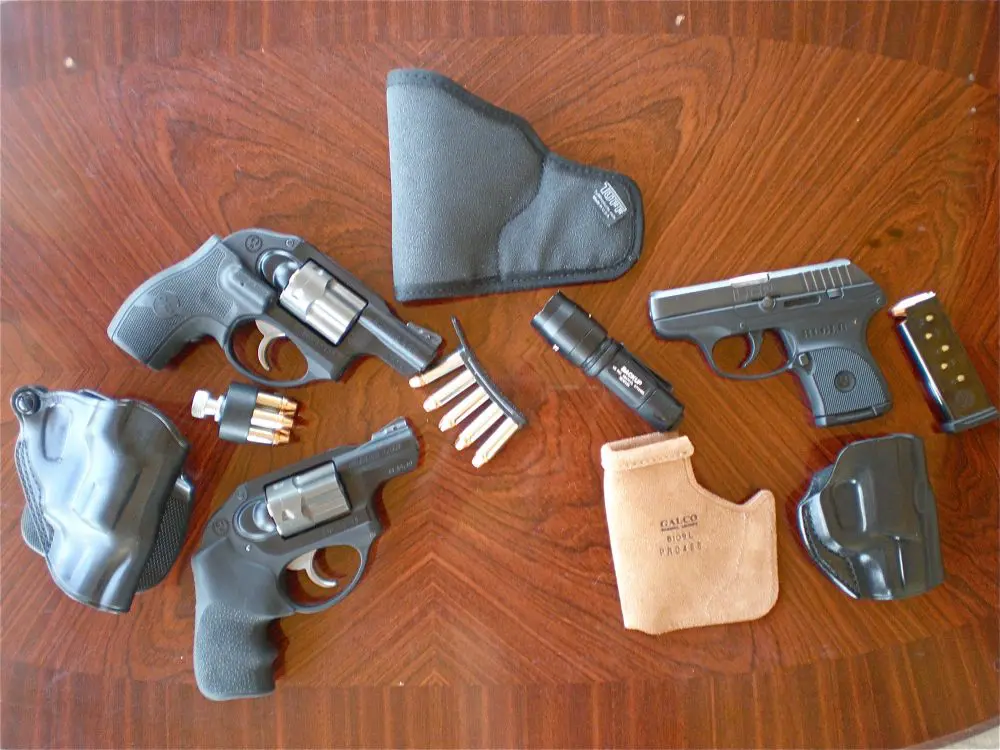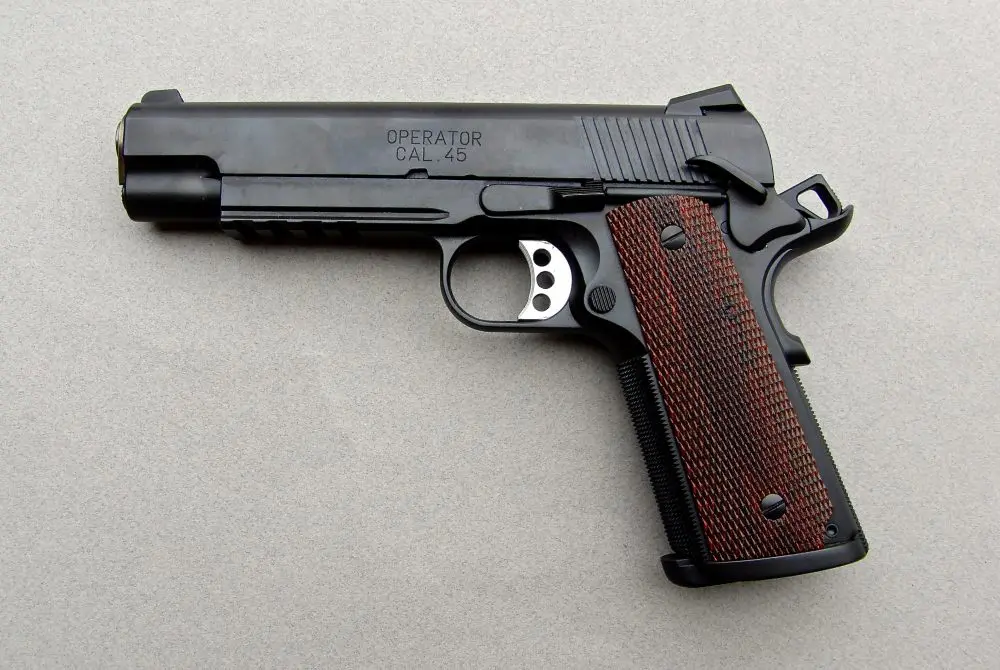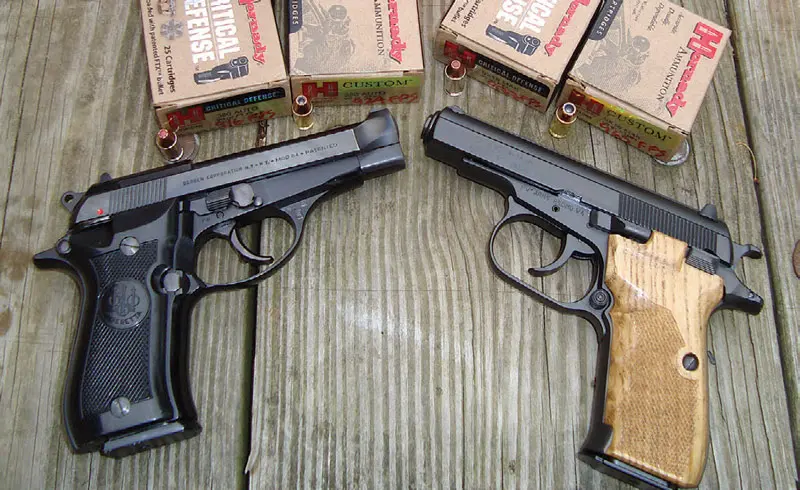
I know, I know, there are many recommendations against carrying light calibers, say .380 or less. The main argument in favor of .380 is that some fairly recent pistol designs are very concealable. I will go so far as to say that these offerings are probably the main reason .380 continues to thrive, and at times even be in short supply, more than a century after its introduction.
As to the terminal ballistics of the .380 versus 9mm Luger, .40 S&W, or .45 ACP, I am happily in the same boat as most people. Having not been in multiple gunfights with each caliber leaves me with nothing but the numbers and formulas, factory stats and anecdotal information from other peoples’ gunfights. Not enough to qualify me to make proclamations as to the fight-stopping qualities of a given round.
Beside the question of being ballistically challenged, sub-compact .380-caliber pistols can be so small as to be hard to shoot accurately and quickly. Intrinsic accuracy may or may not be there with a pocket pistol, but let’s say for the sake of argument that it is.
Getting great accuracy is still made difficult by a shorter sight radius; shallow, rudimentary sights; imperfect ergonomics; and triggers that aren’t exactly target grade. And recoil? There’s no avoiding it—the smaller and lighter the pistol, the snappier it’s going to be. Some actually sting to shoot and are not much fun even for the experienced gunman, so how will they be for the novice?
It follows that subcompact pistols in “full power” calibers will also be challenging. The bigger the caliber, the less compact the sub-compact will be. There’s just no making a .45 as small as a .380 and if anyone did, you wouldn’t want to shoot it twice.
Just shoot the smallest .40 you can find next to its full-sized counterpart, and I think you’ll agree that Sir Isaac Newton was correct about that whole “equal and opposite” thing. Accuracy and/or reliability will usually be diminished as well.
Many of us have friends and family who want “something for protection,” but we know they might not become real shooters. What if they don’t do well with recoil or big, heavy guns? They’re people who aren’t hard-charging, stern-faced, ardent students of the gun, and either never will be or maybe are just starting their journey toward that glorious status.
Maybe a medium-sized handgun happens to be what fits their hand, and having it in a less-intense caliber is all they can, or want to, deal with. Maybe it’s what they have, all they have, and all they’re going to have. Or maybe it’s just what they want and they won’t be dissuaded by expert steering toward something else. It’s this or nothing, and you don’t want them stuck with nothing.
I thought it would be interesting to explore a few .380 and 9mm Makarov handguns that, while perhaps large for their caliber, do have a few things to offer including a certain “mildness,” good ergonomics, magazine capacity, and maybe economy.
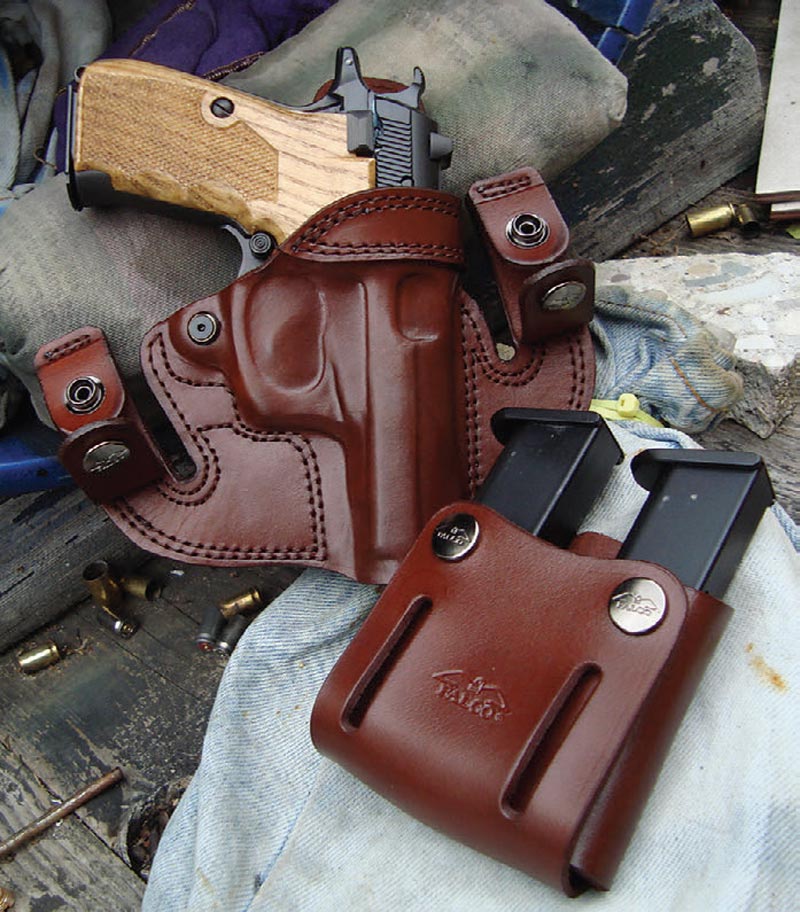
Table of Contents
THE CARTRIDGES
First, some foundational data points for each caliber: the .380, also known as 9×17, 9mm Kurz or Corto (German and Italian for “short”), 9mm Browning, and .380 ACP, is a John Browning-designed cartridge dating back to the first decade of the 20th century. It uses bullets of the same diameter (but not weight) as 9mm Luger: .355 inch. Bullets are traditionally 90 grains, but tested factory loads ranged from 50 to 95 grains.
The 9mm Makarov, also called 9×18, uses a case that is one millimeter longer than the .380’s (and one millimeter shorter than the 9mm Luger’s), but having blunter bullets, is within a few thousandths of the .380’s overall length. Bullets for the 9mm Makarov are .364 inch in diameter.
This cartridge dates to just after World War II, when the Nikolai Makarov-designed PM pistol became Russia’s new military sidearm. Since that time, many pistols and submachineguns have been designed around this cartridge, almost exclusively in Soviet bloc/Eastern European countries. The original loading was and continues to be with a 94-grain FMJ bullet. Tested loads ranged from 70 to 120 grains.
Given the dimensional differences, the two calibers are not interchangeable. Ballistically speaking, they are very similar, with the Mak on paper running at slightly higher pressures than the .380’s 21,000 PSI. But the end result in terms of bullet weight, size and velocity (and thus foot pounds of energy) makes the two probably indistinguishable on the receiving end.
Some pistols originally chambered for the 9mm Makarov cartridge are also offered in .380. I am not aware of any originally designed in .380 that were subsequently offered in 9mm Makarov. With some of the very small designs like the Kel-Tec and Ruger LCP originally designed for .380, it would be cutting things too close to go to 9mm Mak. Everything about these designs has been pared down as much as is prudent to arrive at a pistol that is very small for its caliber.
THE GUNS
I pulled together a few pistols that represent the type I wanted to look at, and a few others for comparison. I have given each my personal, unscientific rating on a scale of 1 to 10, where ergonomics, magazine capacity, availability of spares and accessories are weighted heavily and in that order. Price was also considered. Reliability with all pistols tested was 100%.
The 1 to 10 scale was not applied to the Ruger LCP, which was simply included as a comparative representation of the “really small hideout” category.
CZ 82, 9mm Makarov
Magazines hold 12 rounds. Made in the former Czechoslovakia, this was the Czech military pistol from 1983 until about 2001. These have been on the surplus market for years now, going for under $250 a few years ago. I’ve seen them more recently under $300.
Imports have slowed, but you’ll still find them in gun shops. These are police turn-ins, in conditions of pretty good to fairly holster worn and banged up, but the ones I’ve seen were not shot a lot and completely serviceable.
CZ82’s often come with two magazines and the original police holster. The true polygonal bore has no lands and grooves. A typical CZ design, double-action/single-action, it can be carried in Condition One (cocked and locked). CZ-USA was offering the commercial .380 and .32 auto versions of this as the CZ 83 but recently discontinued them.
Holsters, magazines, and parts are readily available. Single- and double-action pulls are everything one could wish for. Ergonomics are great with the exception of a slight web-of-hand sting from the hammer (easily remedied with a little grinding). Although it outweighs the Beretta by four ounces in loaded condition, recoil is a bit snappier. Rating: 10
Check out Ethan Johns review of the CZ 82 here
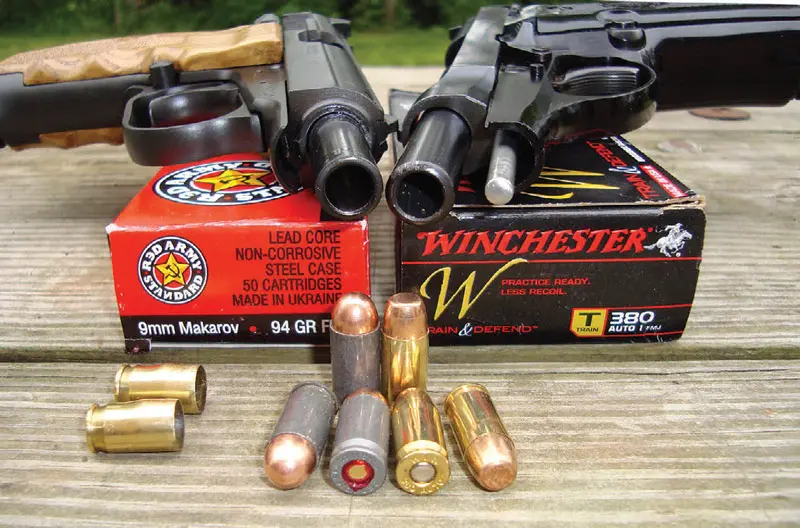
PM, “Pistolet Makarova,” 9mm Makarov
The original Makarov-designed pistol as made in East Germany. Magazines hold eight rounds (a higher-capacity version was offered, but I’ve never seen one or heard how they were).
PMs were made in many Eastern Bloc countries and China, but the East German ones are generally considered the best. The design is Walther-esque, probably not coincidentally, but scaled up just a tad. The pistol is, in typical Russian fashion, very sturdy. Double-action/single-action with a slide-mounted hammer-dropping safety.
Triggers vary depending on country of manufacture, from workable to pretty darn good. If you had a Makarov 30 years ago, you had a rare collectible. Now they are common, not hard to find used, and reasonably priced. Magazines, leather, and parts are plentiful. Rating: 8
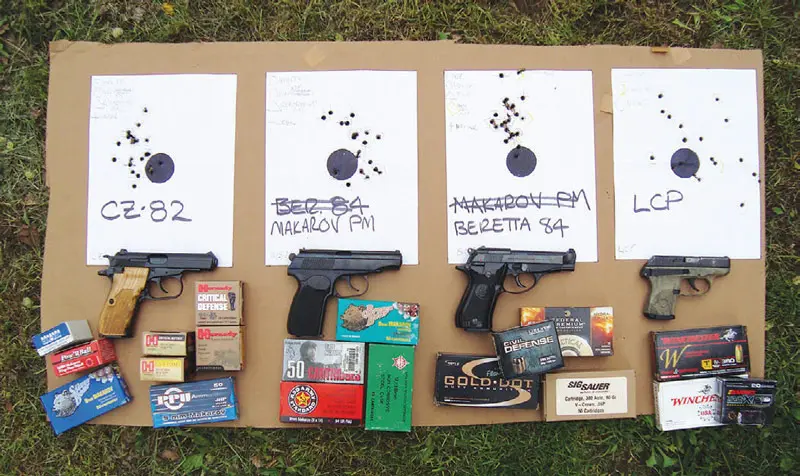
Beretta Model 84, .380
Magazines hold 13 rounds. This pistol is not discontinued, but only sporadically offered by Beretta USA. They are pretty common on the used market, and in several variations including the eight-round Model 85. One with some minor design changes sold as the (discontinued) Browning BDA .380.
Used, they tend to be significantly more expensive than the Euro-surplus guns. Aluminum frames make it a little lighter than the CZ, but in most other aspects they are quite similar. Action type is as with the CZ, double-action and single-action, with the ability to be carried in Condition One. A tad lighter than, one more round than, but more expensive and a little fatter than the CZ. Rating: 10 (the eight-round Model 85, rating: 8)
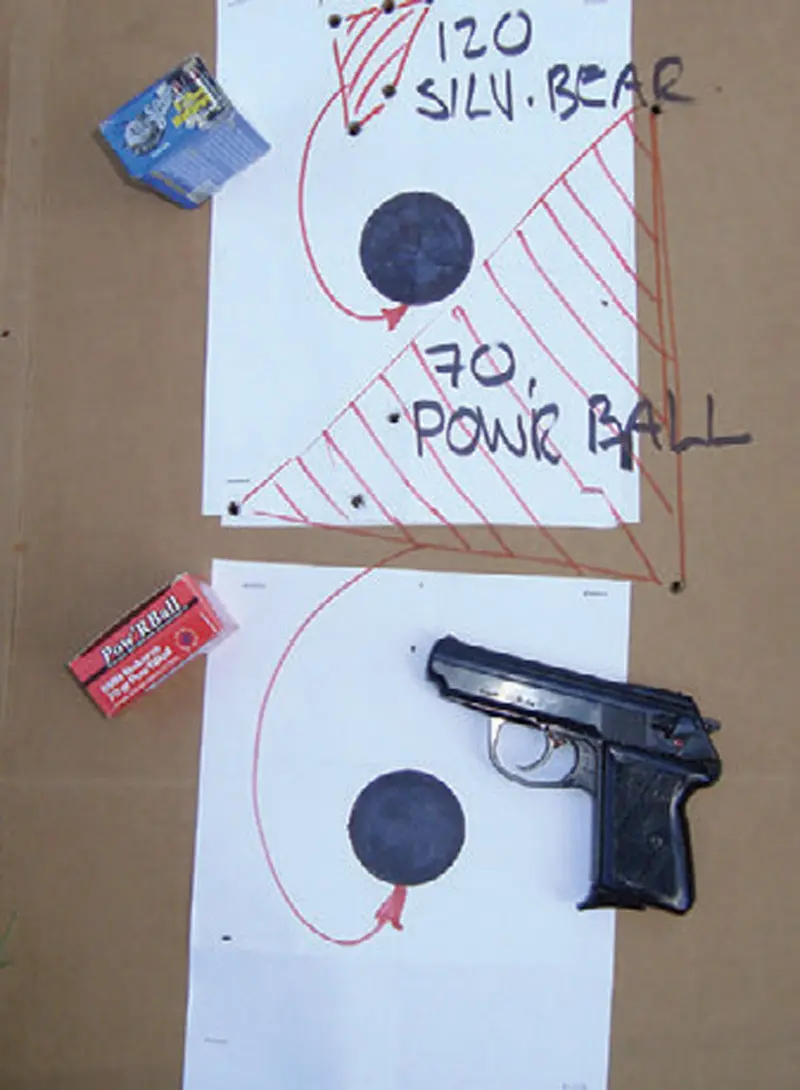
Polish Radom P-64, 9mm Makarov
Magazines hold six rounds. Available for under $300 from AIM Surplus, condition varies. I paid an extra $10 for “hand picked” and got a nice unfired one. It is smaller than what I had intended to focus on, but I include it because it and pistols such as the Walther PPK are bridge-the-gap size, between say the CZ or Beretta and the Ruger LCP.
Of the P-64 I will simply say that it is of interest only from an historic, esoteric, or collector’s point of view. It is well-made and intriguing and I’m glad to have one in the collection, but it suffers from a double-action pull that is so mechanically disadvantaged as to make the pistol almost impossible to fire and certainly difficult to shoot well. Single-action is better, long and startlingly light—not crisp but workable. Sights and overall ergonomics are poor. Recoil is snappy and twisty. If I rated it against the CZ and Beretta, it would get a 3 or 4.
Ruger LCP
The LCP is included here for comparison purposes only. The magazine holds six rounds and is strictly a tool. It is devoid of elegance, but thanks to its size and weight is a supreme backup/deep concealment gun. It obeys the laws of physics and simply cannot be shot as fast or accurately as the larger, heavier guns. Recoil is snappy, but an accomplished shooter can manage it. Rating: in its own category, a 10.
THE AMMO
Makarov ammo has been available and affordable for a couple of decades. Import full-metal-jacket rounds represent a decent savings over .380 if a person is going for a quantity. The careful shopper might find a CZ and 1,000 rounds of Mak for under $600. A used Beretta 84 and 1,000 of .380 FMJ might be more like $875-plus, pricing depending of course on many factors and ammo pricing being fluid, but the .380 ammo famine seems to have abated.
I’ve fired a fair amount of .380 and many thousands of 9mm Makarov over the years, but this was the first time I’d fired them side by side. I was surprised to find the .380’s recoil noticeably milder, so I chronographed the Hornady Critical Defense and XTP hollow-point loads offered in both calibers, using the Beretta 84 and CZ 82.
The Mak’s 95 grainers at 970 feet per second (fps) trumped the .380’s 90 grainers at 920 fps—nearly 20% in terms of muzzle energy. Would this tip the balance in a gunfight? I think that like most things, it’s a matter of degree.
There are smaller guns that hit harder, but they are commensurately more difficult to shoot and are not for the faint of heart.
A medium-sized pistol in a milder caliber might be the solution for some.
